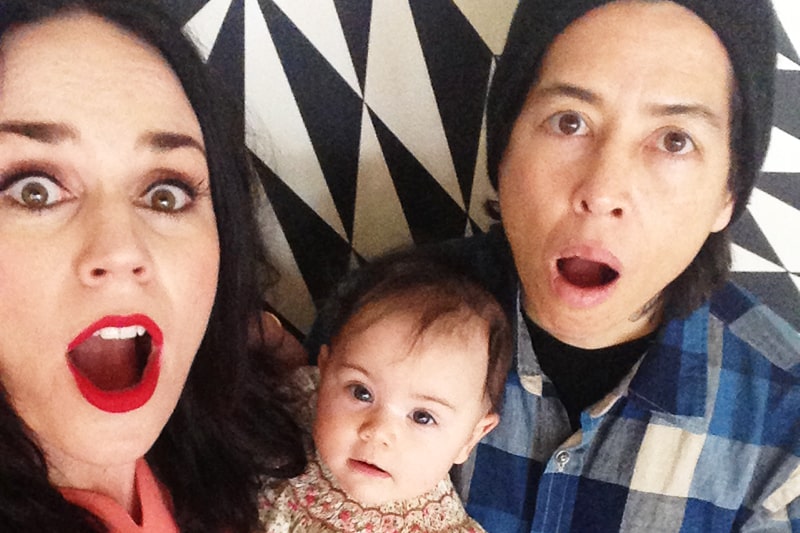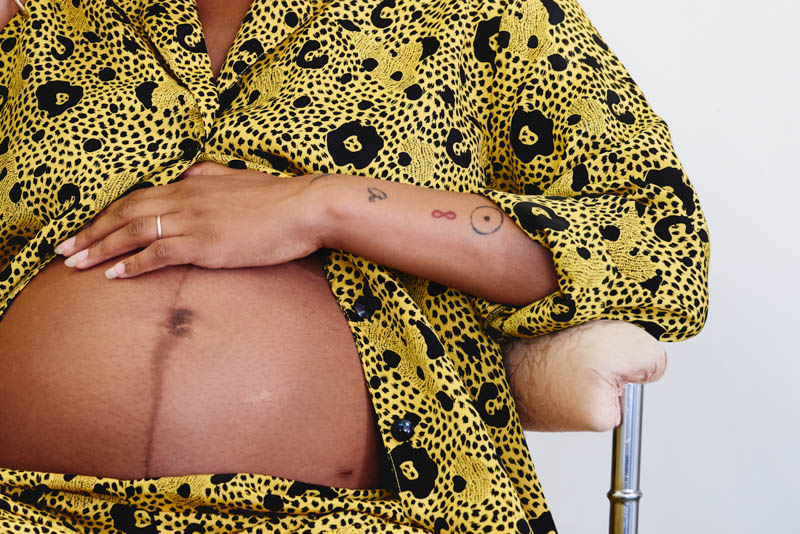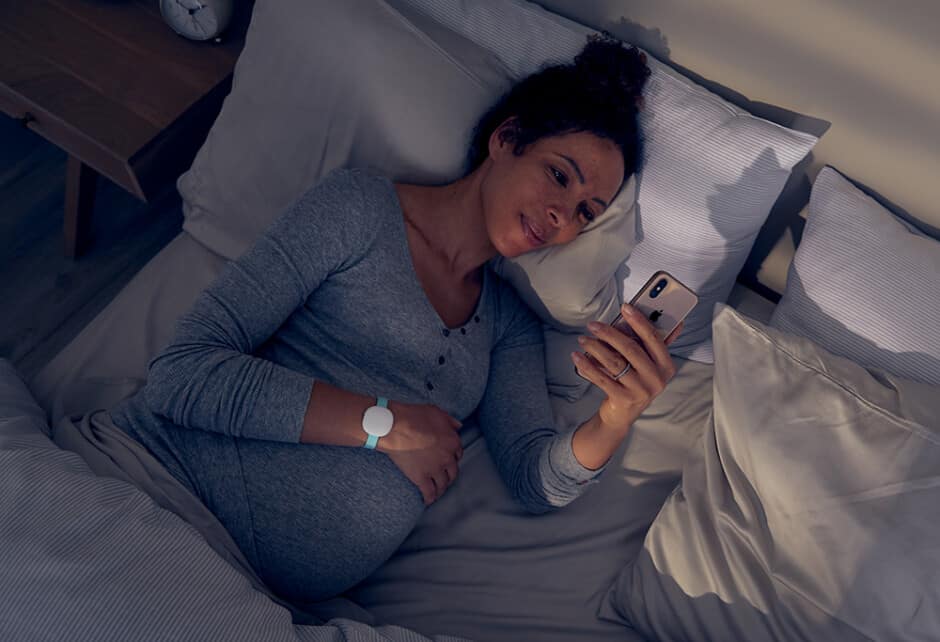
Paths To Motherhood: At-Home Insemination
Written by Katie Hintz-Zambrano
Photography by Photo Courtesy of Michelle Fiona
Knowing that not all families are started the super traditional way (i.e. girl gets pregnant with ease, pops out baby), we bring you our column Paths To Motherhood, highlighting women who have taken a less than typical route to becoming a mother.
Michelle Fiona, Malia Spanyol, and River Mae
San Francisco, CA
Michelle (top left), when you and your wife talked about having a child, did you always know you’d be the one to get pregnant?
“I always knew I was the one who would try to get pregnant. Malia did not have the desire to carry a baby.”
Did you consider other options (IVF, etc.) before going with a private sperm doner?
“We did not have anything that was ‘off the table.’ When we went to the doctor (as I assumed we’d have to), she told us to try at home as our donor was known. With a known donor, we’d have fresh sperm, and it was worth a try!”
How did you guys learn about at-home insemination? How would you explain it to someone unfamiliar with it?
“Our doctor explained the process to us and we also had friends who had experience with the process and were an incredible source of knowledge and encouragement for us. I was shocked at how simple the process was. I tracked ovulation and inseminated when happy faces appeared on the sticks.”
What tools do you need?
“I used Clearblue ovulation sticks, a syringe (free at Walgreens), and fresh sperm.”
What about at-home insemination with a known donor appealed to you, versus other paths to parenthood (IVF, adoption, etc.)?
“We were open to any and all paths, but using a known donor was our first choice. We love our donor. We feel privileged to know about the other half of our daughter’s genetics, as well as have access to information and relationships for her future.”
Tell us about the at-home insemination process. How does it work?
“I tracked my ovulation for about a year. I had a difficult time initially with understanding the tracking process. Once we got that down we communicated with our donor on the ‘delivery dates’ (a.k.a. insemination days). We inseminated three times a month, based on ovulation. Our donor would do his thing at his house, put his sperm in a syringe, tuck the syringe under his armpit (sperm lives when at body temperature), hop on his motorcycle, and give the goods to my wife who would be waiting on our stoop. Then we would inseminate and I would lay in bed for 20 minutes. It took us four months to get pregnant.”
How much does it cost? Also, was it physically hard to go through? How many “rounds” did you do?
“The cost was minimal because we were doing the insemination at home with a known donor. We paid for ovulation tracking materials. It wasn’t physically difficult, but it was mentally hard every time I didn’t get pregnant. I was so sure I was pregnant, that getting my period made me cry. That being said, I got pregnant on my fourth round, or month, of trying. I am completely aware of how lucky we are.”
Did you guys discuss what you would do if you were unsuccessful with it?
“We said we would try this method for a year and then reassess.”
Tell us about the day you found out you were pregnant.
“I was at work. My period was due that day but I couldn’t wait. I took a test in between clients. It was positive. I was shaking…I was so happy. I took five more tests after work and called my wife and we cried with joy.”
What are the pros and cons of at-home insemination (and utilizing the sperm of someone you know), in your opinion?
“We have luckily not experienced any cons. We really trust and love our donor and had worked hard together, and with a therapist, on establishing the relationship dynamics through pregnancy and beyond. A major pro for me is having an understanding of my daughter’s genetics and access to information that may become relevant to her health later in her life. My family does not have a great medical history and I have experienced first hand the importance of understanding your family health history.”
What was the toughest part about choosing this path to motherhood?
“I got lucky. This was my first choice and the option that worked best for my wife and I.”
After going through the process, would you do it again?
“For sure!”
Is motherhood everything you thought it would be? Tell us what you love about it!
“There are so many things I love about being a mother. I had a very difficult time entering motherhood because I suffered postpartum depression. So, I feel like I got a late start on just how magical it is. I am so grateful everyday. I love watching my heart live outside my body. River Mae is a rad person.”
Share this story



